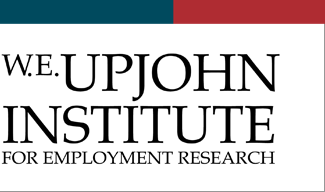Youth Disconnection During the COVID-19 Pandemic
Upjohn Author ORCID Identifier
Publication Date
10-2022
Source
Labour Economics 78: 102241
DOI
10.1016/j.labeco.2022.102241
Publisher
Elsevier-ScienceDirect
Subject Areas
LABOR MARKET ISSUES
Citation
Borgschulte, Mark and Yuci Chen. 2022. "Youth Disconnection During the COVID-19 Pandemic." Labour Economics 78: 102241. https://doi.org/10.1016/j.labeco.2022.102241

